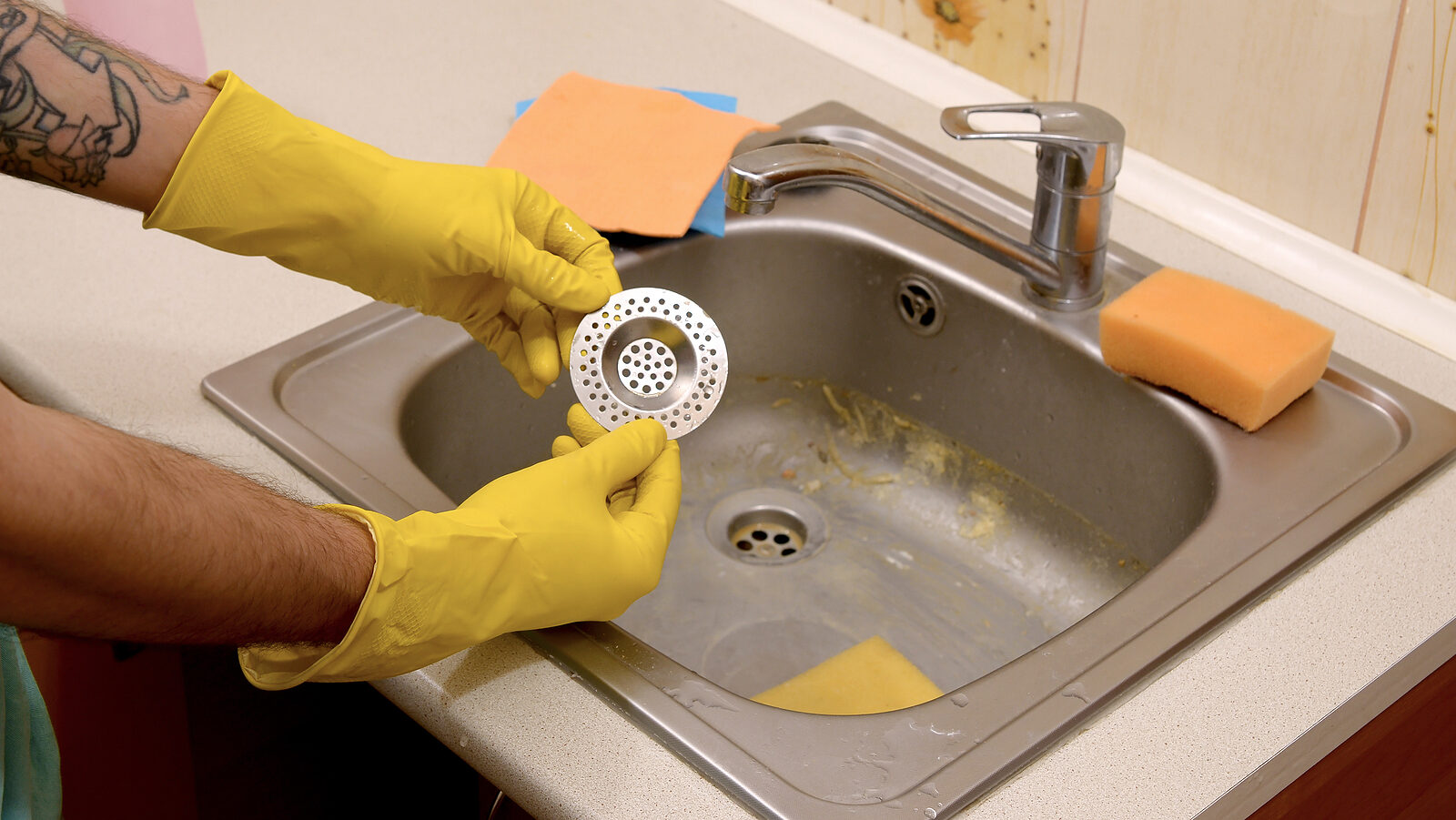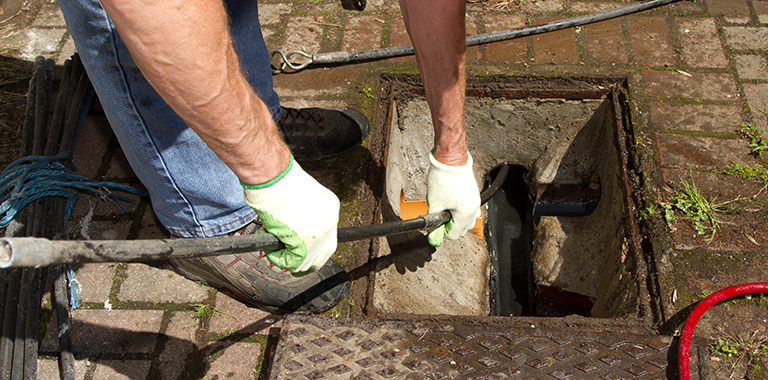Nearly everybody will have their unique concepts on the subject of 8 Tips For Clearing A Blocked Drain.

Intro
Managing a blocked drainpipe can be an aggravating experience, disrupting daily activities and potentially triggering damage to your residential property. Nonetheless, before connecting to pipes professionals, there are steps you can require to address the problem yourself. In this guide, we'll check out DIY solutions and preventive measures to take on a blocked drain efficiently.
Recognizing the Issue
The very first step in dealing with an obstructed drainpipe is identifying the indicators. Sluggish drain, gurgling sounds, foul odors emanating from drains pipes, or water backing up are common indications of an obstructed drain. Recognizing these indicators early can aid prevent even more issues.
Common Reasons For Obstructed Drainpipes
Comprehending the factors that contribute to drain pipes clogs is essential for reliable resolution. Usual culprits consist of hair, soap residue, oil, food particles, and foreign things like hygienic items or paper towels. Tree origins attacking below ground pipes can also cause considerable obstructions.
DIY Solutions
For minor clogs, numerous DIY options can be efficient. Putting boiling water down the drainpipe can assist dissolve grease and particles. Sodium bicarbonate and vinegar or a mix of salt and baking soft drink can act as all-natural cleaners. Utilizing a plunger or pipes snake to dislodge blockages is another option.
Tools and Devices
Having the right devices on hand can make DIY drain cleansing much more reliable. A plunger is a versatile tool for clearing blockages in sinks, toilets, and showers. A plumbing serpent or auger can reach much deeper obstructions, while drain cleaning chemicals can be utilized very carefully for stubborn clogs.
Preventive Measures
To prevent future obstructions, embracing preventive measures is crucial. Mount drainpipe guards or strainers to capture hair and debris prior to they enter the pipelines. Routinely flush drains pipes with hot water to dissolve grease accumulation, and prevent taking care of grease or solid waste down the tubes.
When to Call an Expert
While DIY solutions can resolve minor obstructions, certain indications suggest the demand for professional help. Persistent clogs, foul odors despite cleaning up efforts, or multiple drains pipes backing up concurrently are warnings that warrant experienced intervention.
Choosing the Right Pipes Service
When picking a pipes solution, consider variables such as experience, licensing, and customer testimonials. Choose a respectable plumbing technician with a performance history of quality handiwork and transparent prices methods.
Price Considerations
The cost of expert drain cleaning services can vary depending upon the intensity of the obstruction and the plumbing's rates. Demand quotes from numerous service providers and inquire about any type of added fees to make certain transparency and prevent shocks.
Safety and security Measures
When attempting DIY drain cleansing, prioritize security. Wear safety gloves and eyewear to avoid contact with damaging chemicals or bacteria. Never mix various drain cleansing products, as this can create hazardous fumes.
Situation Researches
Real-life examples illustrate the efficiency of DIY options and the significance of prompt professional intervention in settling drain blockages.
Final thought
By adhering to the suggestions outlined in this guide, you can effectively take on obstructed drains and stop future plumbing issues. Whether going with DIY remedies or looking for specialist aid, timely action is vital to keeping a healthy pipes system and protecting the integrity of your home.
WHAT I LEARNED FROM TRYING TO DEAL WITH A CLOGGED DRAIN
We have had our share of seepages and other annoying things that are part of living, especially in an apartment complex. And if there’s one thing that’s terrifying for a homeowner—or even someone in a rented home—it is a clogged drain, indoors or outdoors.
We enjoy our living space, but it’s simply a fact of life that dead skin, soap and a host of other items go down the drain; eventually, the residue builds up and prevents anything from moving. Ugh.
Not Calling A Professional
Of course, it might seem simple to just whip the pipe off under the sink and see if you can unblock it. Unfortunately, what if the blockage isn’t there, or you don’t reconnect it properly? Worse, you might break a piece and have no drainage system. Can you imagine that scene? Yuck!
Not Watching Your Waste
This will sound d’uh, but the best tip I can give you for drain cleaning is to avoid clogging the drain in the first place! You can do this by monitoring what goes down the drain and catching the items which are most likely to give you a problem. Invariably hair, vegetable peels, and large wads of toilet paper are the most obvious culprits. Add a filter—these are available in hardware stores and can be removed and cleaned easily.
Poking The Drain
The first urge with a clogged drain is to poke at it with a stick or anything that resembles a stick. Sadly, this does not result in magically solving the issue. The mental image is, naturally, one of the stick just pushing through the offending item and all is well again. Reality is quite different and unpleasant and likely to lead to further problems.
The thing is, every drain has a series of bends that are not visible to us. Drains are built this way to prevent gases from entering the house. What happens when you poke a stick into the drain? Of course, it can’t bend around the corner. The more adventurous people will use force and end up wedging the stick or causing it to break off in the pipe—creating an even bigger issue. Worst thing? The stick will shift the block further down the pipe, creating the space for more to collect. Go ahead! Roll your eyes!
Using The Wrong Plunger
You know what they say: the right tool for the right job! Did you know there are different types of plungers besides the basic one we keep at home for an emergency? Yes, there are. For example, the toilet plunger has a bell-shaped bottom while the sink plunger is flat. This is an important difference and using the wrong plunger will be useless. There’s also a knack in using plungers—they must be placed in such a way that they create an airtight seal and then, moved slowly up and down—not as fast as we imagine.
https://vidyasury.com/2018/01/learned-trying-deal-clogged-drain.html

I stumbled upon that piece about when doing a lookup on the internet. Make sure you set aside a second to share this blog entry if you enjoyed reading it. Thank-you for taking the time to read it.
Click Here
Comments on “Actions for Managing a Blocked Drain Before Calling Professional Plumbers”